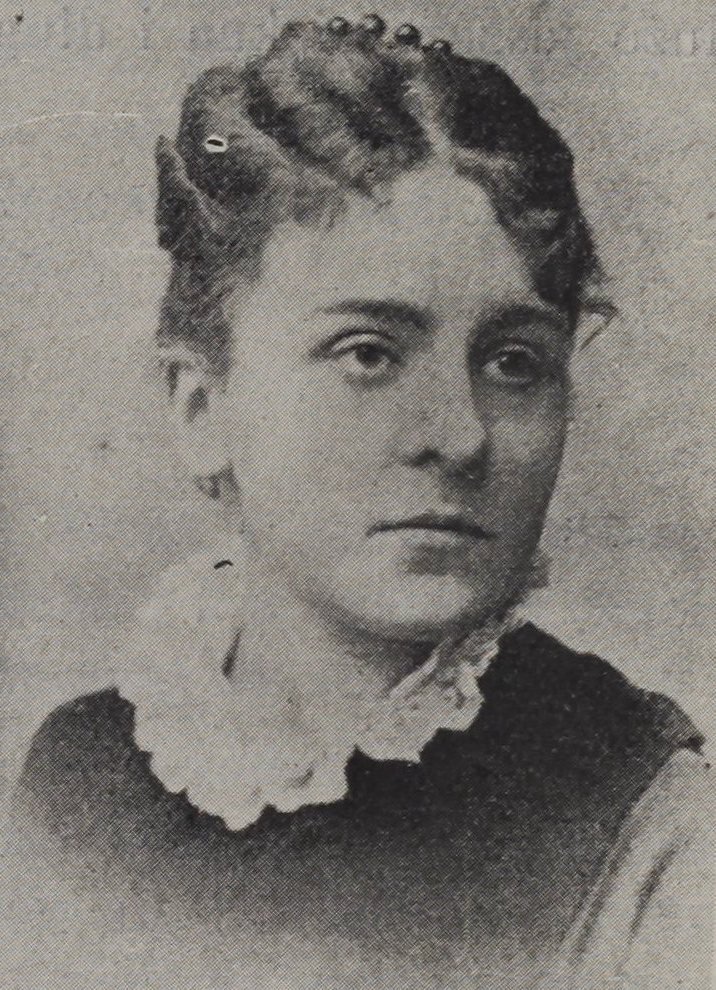
Anna Tomaszewicz-Dobrska– born born April 13, 1854 in Mława, d. June 12, 1918 in Warsaw. The first doctor of women’s diseases and pediatrician in Poland. The first woman with a medical degree who practiced as a doctor in Poland. (we use the phrase on Polish lands because Poland was then partitioned, i.e. the occupation of Russia, Prussia and Austria-Hungary, which ended in 1918. Unfortunately, our heroine did not live to see it).
She was born into an official family. She received her secondary education in Łomża and Warsaw. At the age of 17, she went to study medicine in Zurich, which she graduated 6 years later. During the fifth year of her studies, she was an assistant to the neurologist and psychiatrist Eduard Hitzig at the Department of Psychiatry of the University of Zurich. She wrote her doctoral thesis in 1877 under the supervision of Ludimar Hermann. She completed her studies in Vienna and Berlin.
After graduation, she returned to Warsaw, but could not have her diploma recognized because of her gender. Her application to the Warsaw Medical Society was rejected, despite the positive opinion of the president of the Society, prof. Henryk Hoyer. In the public debate, which began with an article criticizing women studying and praising the rejection of Tomaszewicz-Dobrska’s application, the writer, publicist and founder of the Polish Cultural Society Aleksander Świętochowski and the famous writer Bolesław Prus took her side. In view of the impossibility of practicing in the country, Tomaszewicz-Dobrska went to Saint Petersburg to have her diploma recognized. There, she was admitted to the final exams at the Medical and Surgical Academy due to her work as a caretaker of the Sultan’s harem, who was temporarily staying in the city.
In 1880, she returned to Warsaw and started a private medical practice, specializing in women’s diseases and paediatrics. A year later, she married a doctor, Konrad Dobrski. Initially, she worked for charity, treating mainly the poor, she also had patients among the richest families, for whom showing trust in a woman doctor was a demonstration of progressiveness. From 1882, for 30 years, she worked as a doctor in a maternity hospital. She was the first in Warsaw to perform a cesarean section in 1896. At the same time, she gave lectures for midwives. In the late 1880s, she also began working as a school doctor and hygiene lecturer. She also worked as a sewing room attendant at the Warsaw Charitable Society, and from 1912 as a doctor in a shelter for teachers, and later at the Children’s Summer Camp Society.
We quote these names of institutions to show the scale of its educational activities and work for poorer social groups.
At the age of 52, she began an active activity in the Polish Cultural Society. for the weekly “Kultura Polska” and spoke publicly about the importance of women’s rights. She also participated in the work of women’s organizations, organizing jubilees in 1881 and 1907 in honor of Eliza Orzeszkowa. The jubilee in 1907 served as a pretext to create a congress of activists from the three partitions, so it was directed not only as a progressive action related to women’s rights, but also had a patriotic character. A wonderful life full of sacrifices and good activities. A great example of a doctor and a very good man. Buried at the Powązki Cemetery in Warsaw.

